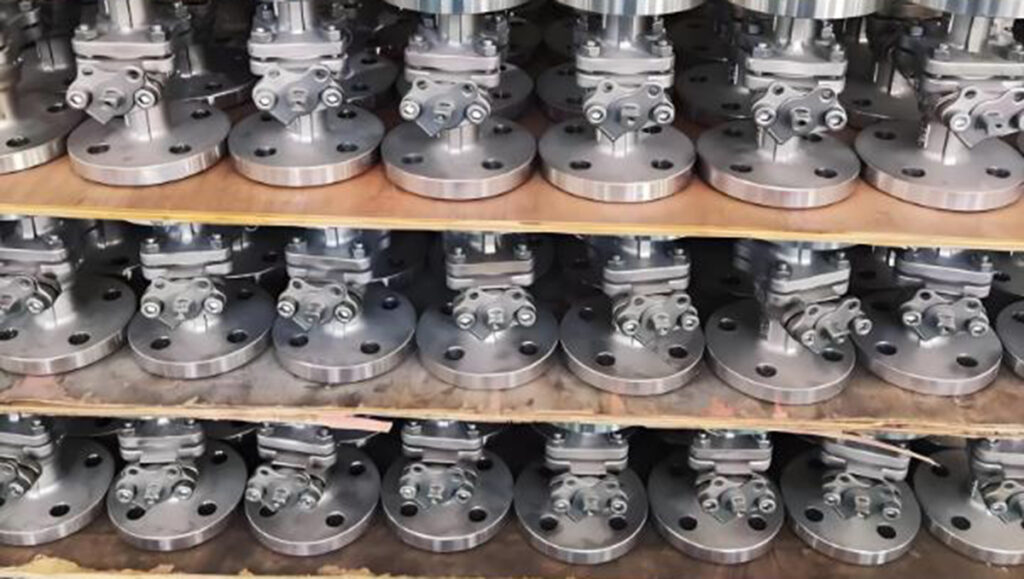Valve corrosion is one of the core challenges facing industrial piping systems. This paper systematically analyzes the types of corrosion, protection strategies and maintenance methods to help you extend the life of the equipment, to ensure safe production.
First, the valve corrosion pattern classification
- metal corrosion
Uniform corrosion:
Performance: comprehensive thinning of the metal surface (such as stainless steel oxide film corrosion).
Evaluation criteria: annual corrosion rate > 1.5mm need to be replaced (ASME B31.3 standard).
Localized corrosion:
Pitting corrosion: pinhole corrosion caused by defects in the passivation film (the most dangerous form).
Intergranular corrosion: austenitic stainless steel after welding prone to chromium-poor corrosion.
Stress corrosion: brittle fracture caused by tensile stress and corrosive media. - non-metallic corrosion
Characteristics: chemical/physical effects dominate, common swelling, hardening, aging and other phenomena.
Advantage: corrosion resistance is better than metal, but the strength / temperature resistance is lower.
Second, anti-corrosion technology program - Material selection optimization
Suitable medium:
Dilute sulfuric acid choose lead, concentrated nitric acid choose aluminum, high temperature hydrogen environment choose austenitic stainless steel.
Sulfur-containing media to avoid high-strength steel, choose sedated steel or rubber lining. - Non-metallic material substitution
Application scenarios:
Valve body lining: polytetrafluoroethylene (PTFE), chlorinated polyether.
Seals: nitrile rubber, flexible graphite (high temperature). - Surface treatment process
Commonly used methods:
Valve stem: nitriding (38CrMoAlA), hard chrome plating (HRC60+).
Fasteners: zinc plating, phosphating treatment. - Electrochemical protection
Cathodic protection:
Sacrificial anode method (zinc block to protect iron).
Applied current method (for large valves). - Environmental control
Measures:
Add corrosion inhibitors (such as sodium nitrite to prevent corrosion of test pressure water).
Control medium pH value (refinery process with alkali neutralization). - structural design improvements
Anti-corrosion design:
Eliminate gaps (welding using double-sided butt welding).
Set up drainage holes to avoid media deposition.
Third, maintenance and prevention
Regular Inspection:
Use ultrasonic thickness gauge to monitor uniform corrosion.
Eddy current flaw detection pitting / intergranular corrosion.
Lubrication Maintenance:
Fill quarterly with high temperature grease (e.g. molybdenum disulfide).
Stem coated with corrosion inhibitor (sodium nitrite formulation).
Emergency Treatment:
Localized corrosion: Grind defects and spray anti-corrosion coating.
Severe leakage: Use pressure-plugging techniques (e.g., injection sealing).
Fourth, industry standards and compliance
API 607: Fire test standard for soft seal ball valve.
ISO 12944: Specification for anticorrosive coating of steel structures.
NACE MR0175: Material requirements for sulfide stress cracking resistance in the oil and gas industry.
Summarize
Valve corrosion prevention needs to be combined with material selection, surface treatment and environmental control of multi-dimensional implementation. Regular maintenance and compliance testing are key to preventing corrosion failure. For a customized solution, contact an ISO 9001/API certified valve manufacturer for a professional corrosion risk assessment report.
